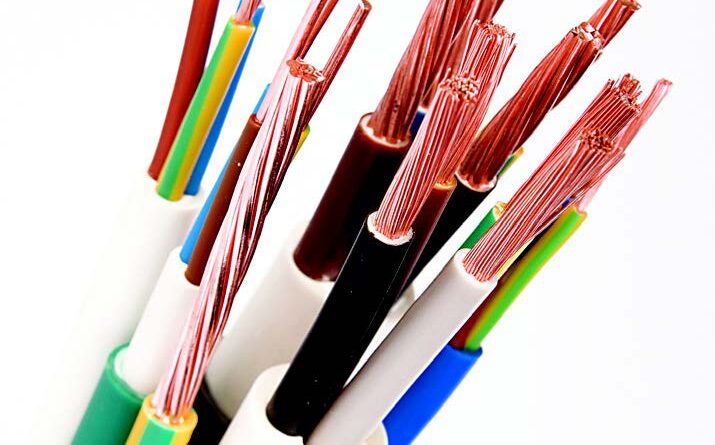Compounding Considerations For Elastomeric Wire And Cable
by Glenn Wray, Hexpol Compounding
Selecting and compounding the right elastomer for wire and cable production is a balancing act. Fabricators have to meet the often difficult engineering requirements of the application, match them to the material properties of the base compound and the processor’s equipment, and deliver product that meets regulatory or other standards-based specifications. This article provides general guidelines for selecting the right material, touching on rubber family properties and processing with the objective of achieving the best quality at the lowest overall cost. Also included is a discussion of compounding and what to do when, as is often the case, one needs a custom compound. Specifically addressed are some of the considerations that lead fabricators to outsource the sometimes considerable difficulties of specialized compounding to a third-party supplier.
A specific wire construction needs first to meet the requirements of the customer making the order. While the selection of compound based on material properties is relatively straightforward if all the parameters are known, fabricators often find themselves working in the dark because they lack a well thought out or complete specification from their customer. Without doubt, a good specification is the best preventative that a producer can have against selection error.
Even when the specification is known, however, material choice is not often a matter of just picking a compound off the shelf. There appears to be a reliance on quick, off-the-shelf “solutions.” This often can result in seriously under- or over-engineered materials, and both types can impose heavy long term costs. Under-engineering can cause product failure and loss of sales, while overengineering levies ongoing production costs that are higher than optimal. Although many application requirements can be met with standard formulations, experience indicates that many requests for elastomer based wire and cable insulation and jacketing can benefit from either custom compounds or specialty compounds. This need to draw on a large variety of compounding solutions, both custom and standard, is a natural outcome of the often critical engineering behind high-performance wire and cable. It is not unusual to encounter end use conditions that are often harsh, putting heavy demands on electrical performance, temperature, chemical resistance, etc.
Furthermore, the expected life of cable insulation and jacketing is generally long. Since basically all of the important attributes of a compound depend on the elastomer, it is obviously important to pick the right one for the application. Tables 1a and 1b outline key properties for a number of attributes of a range of elastomers that should be considered for wire and cable applications.

